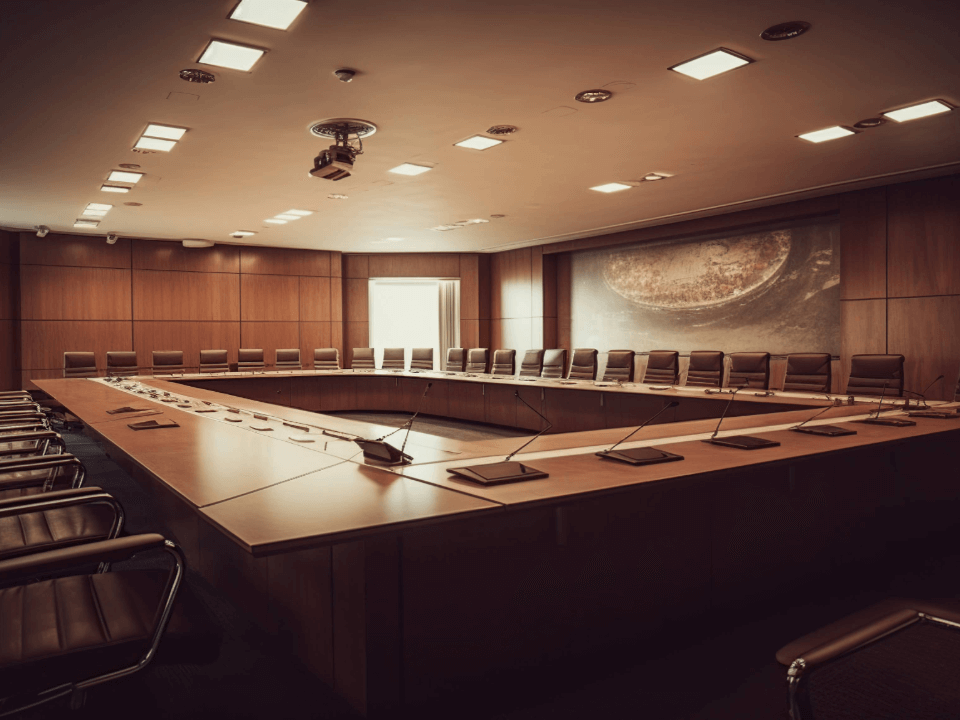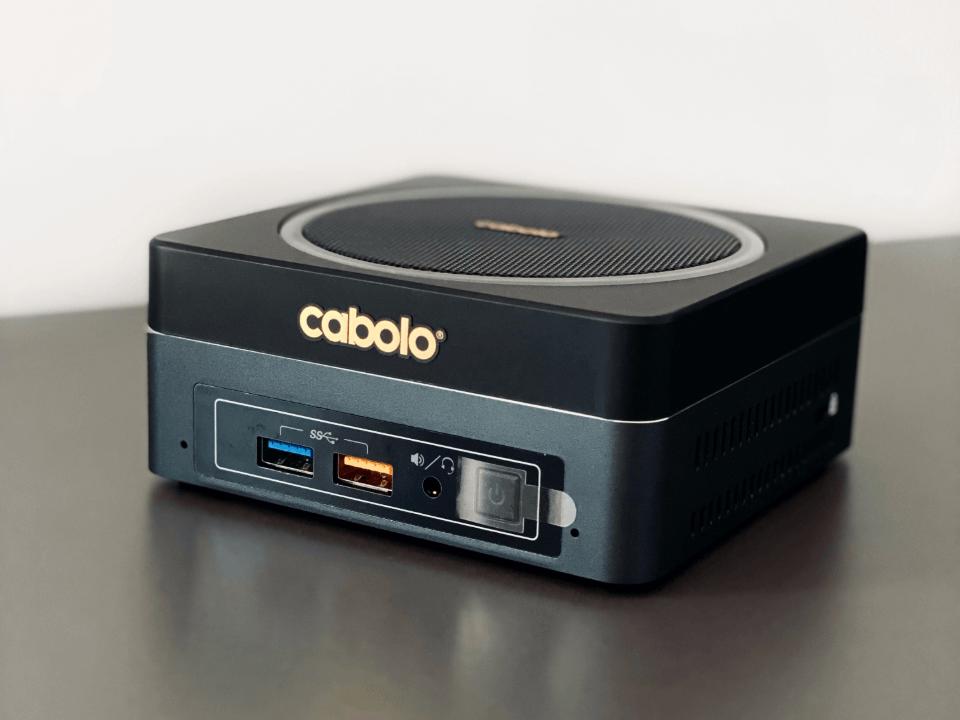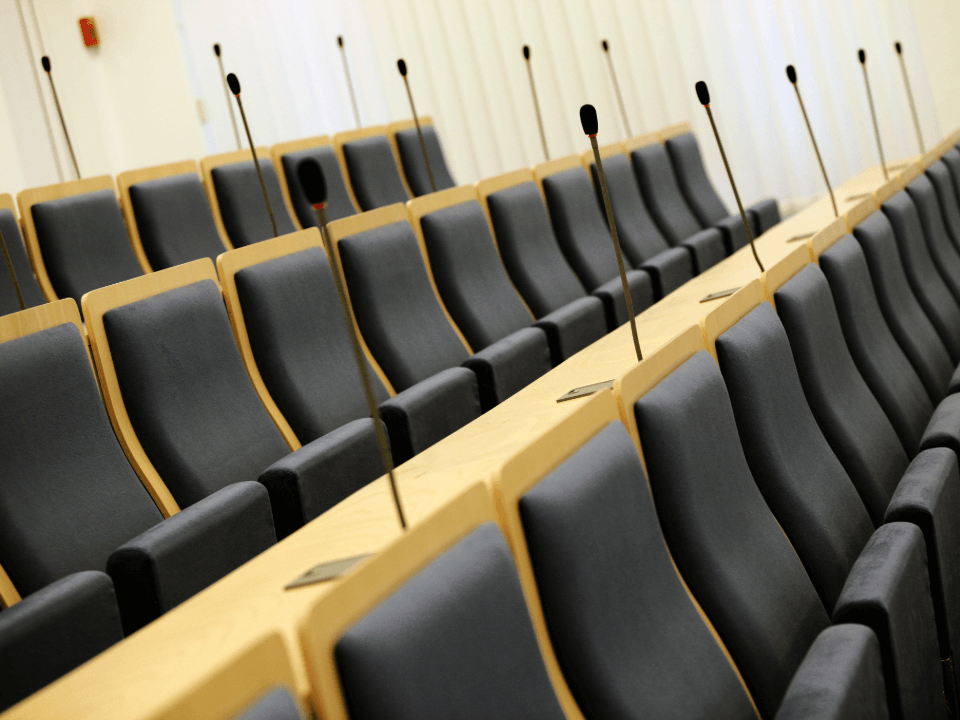Video conferencing has become a fundamental means of communication for many organizations, so important that it can affect the success of meetings, corporate reputation, and productivity.
For this reason, investments in innovative technologies have become strategic, especially for those who want to avoid negative situations such as wasted time caused by poor audio or interrupted meetings.
Let’s focus on audio quality, a critical issue for those who participate remotely. In addition to technological solutions, which allow everyone to be heard and not miss the details of conversations, there are other cautions that should not be underestimated to ensure the success of virtual or hybrid meetings: let’s see them together.
Acoustics
An essential aspect of successful videoconferencing is the acoustic characteristics of the room. Regardless of the choice of technologies to be included, it is essential to evaluate the materials present or to be prepared in the room.
To avoid echo, we advise against reflective walls such as those made of glass or metal. Also, rooms with many windows tend to let in noise from outside.
Carpeting for the floor and acoustic panels (to be placed on the ceiling and/or walls) are ideal for video conferencing: they can absorb sound and decrease reverberation.
The more space you can cover with sound-absorbing material, the better the audio quality will be.
The microphone
Usually microphones are built into laptops, but we can also find them in professional video cameras. However, they are weak instruments that cannot pick up all sounds, especially if you are in a meeting room.
Ideally, you should have a head microphone, but when this is impossible you can opt for a stand-alone microphone to be placed in the center of the table.
Speakers
Speakers allow participants to hear the speaker. We can find many types of them on the market: many are already built into the monitors, others, ideal for large spaces, are devices to be placed in various places in the room.
As for medium-sized rooms, it is recommended to use a portable speaker to be placed in the center of the table.
Should the videoconference be one-to-one, professional headsets with built-in microphones are fine.
Conclusion
Setting up a videoconferencing room must be the result of a thorough study of the available environment. In addition, it is essential to understand the actual needs of those who will use the meeting room, as this is the only way to ensure quality videoconferencing.


